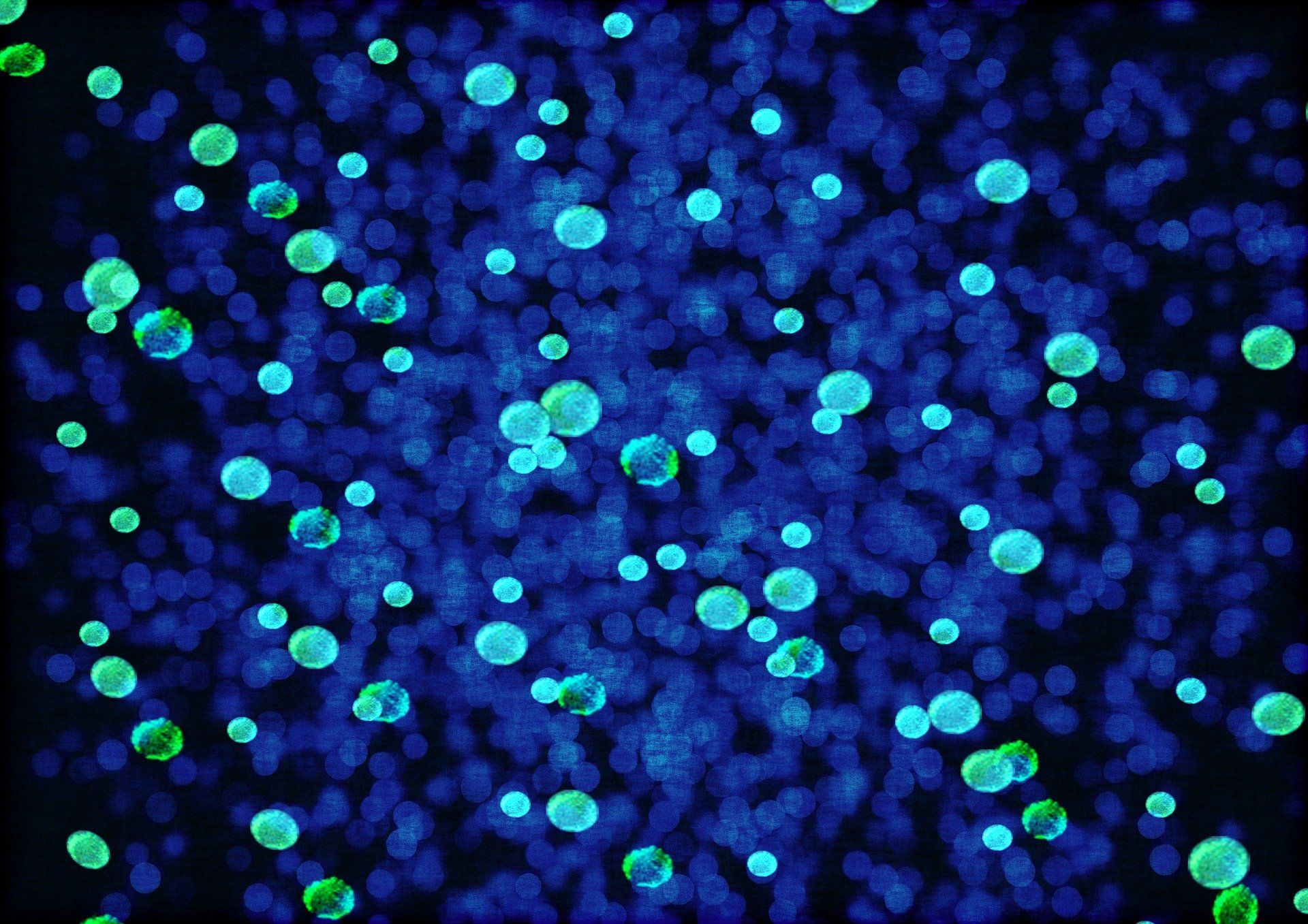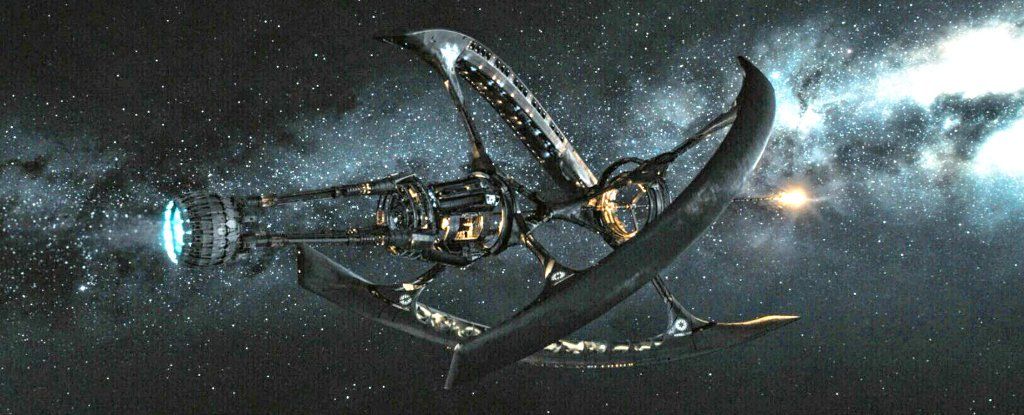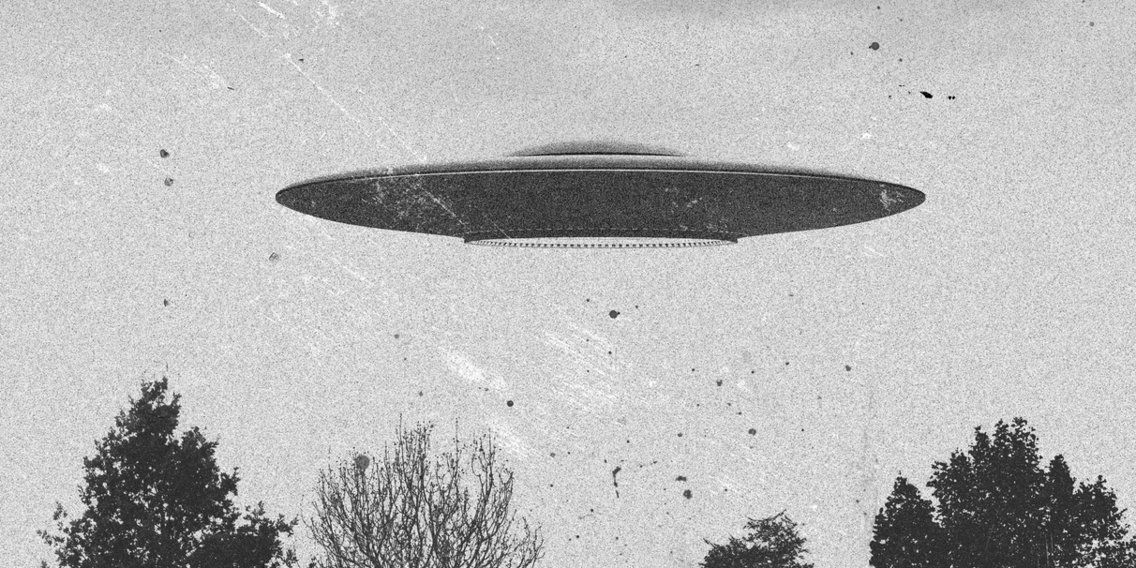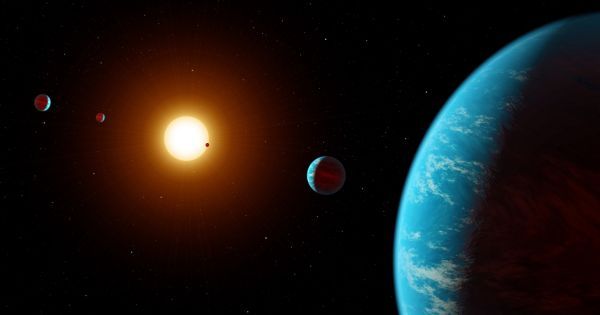We come in peace.
Category: alien life – Page 144

Methane-producing microbial communities found in fracking wells
Deep in the rocky earth, in the liquid-filled cracks created by fracking, lives a community of highly interactive microbes—one that could at once have serious implications for energy companies, human health and scientists investigating the potential for life on Mars.
New research has uncovered the genetic details of microbes found in fracking wells. Not only do a wide array of bacteria and viruses thrive in these crevices created by hydraulic fracturing—they also have the power to produce methane, according to a study led by scientists at The Ohio State University and published in the journal Proceedings of the National Academy of Sciences.
That means it’s possible that the tiny life forms could create more energy—and from a different source—than the fracking companies are going after in the first place.

UF-oh no? We may be the only intelligent life out there, study finds
If intelligent life is so likely to exist elsewhere in the universe, why haven’t we found it? Well, the chances of us coming across extraterrestrials are not looking good, according to a new study.
Scientists from the Future of Humanity Institute at Oxford University have revealed that we are probably the only advanced civilization out there, although they can’t say for sure. The team came to their conclusion after realizing that Fermi’s paradox and its supporting theories are somewhat flawed. The paradox is the conflict between the probability that intelligent life exists elsewhere in the universe and the lack of evidence of such.

To Start a New Life at Proxima Centauri, This Is How Many People We Need to Send
Humanity has long dreamed about sending humans to other planets, even before crewed spaceflight became a reality. And with the discovery of thousands exoplanets in recent decades, particularly those that orbit within neighboring star systems (like Proxima b), that dream seems closer than ever to becoming a reality.
But of course, a lot of technical challenges need to be overcome before we can hope to mount such a mission.
In addition, a lot of questions need to be answered. For example, what kind of ship should we send to Proxima b or other nearby exoplanets? And how many people would we need to place aboard that ship?

How Area 51 became the center of alien conspiracy theories
The history of Area 51 stretches back to the 1950s.
Area 51 has been the focal point of alien conspiracy theories in America for decades. The remote military base in the Nevada desert has a lot of history, and has been associated with aliens almost since its inception. Here’s why. Following is a transcript of the video:
In the early 1950s, US planes were conducting low-flying recon missions over the USSR. But there were constant worries of them being spotted and shot down.
So … in 1954, President Eisenhower authorized the development of a top secret, high-altitude recon aircraft Dubbed Project Aquatone. The program required a remote location that wasn’t easily accessible to civilians or spies. Area 51 fit the bill perfectly.

David Roden on Posthuman Life
https://paper.li/e-1437691924#/
When Stapledon wrote that book he was thinking of Martians, but in our time one might think he was studying the strangeness of what our posthuman progeny may evolve into. In Last and First Men Stapledon presents a version of the future history of our species, reviewed by one of our descendants as stellar catastrophe is bringing our solar system to an end. Humanity rises and falls through a succession of mental and physical transformations, regenerating after natural and artificial disasters and emerging in the end into a polymorphous group intelligence, a telepathically linked community of ten million minds spanning the orbits of the outer planets and breaking the bounds of individual consciousness, yet still incapable of more than “a fledgling’s knowledge” of the whole.
News: Evidence of past life on Mars…
NASA’s Curiosity rover has found new evidence preserved in rocks on Mars that suggests the planet could have supported ancient life, as well as new evidence in the Martian atmosphere that relates to the search for current life on the Red Planet. While not necessarily evidence of life itself, these findings are a good sign for future missions exploring the planet’s surface and subsurface.
The new findings — “tough” organic molecules in 3-billion-year-old sedimentary rocks near the surface, as well as seasonal variations in the levels of methane in the atmosphere — appear in the June 8 edition of the journal Science.
Organic molecules contain carbon and hydrogen, and also may include oxygen, nitrogen and other elements. While commonly associated with life, organic molecules also can be created by non-biological processes and are not necessarily indicators of life.

Now Anyone Can Hunt For Exoplanets
To find new exoplanets, just turn to Google.
Last year, an artificial intelligence (AI) network, equipped with data from the Kepler space telescope, discovered two new exoplanets. Now, citizen scientists looking to support discovery at home can use the exoplanet-hunting neural network — Google plans to make it open source, a Google engineer announced recently in a blog post.
Exoplanets are difficult to find and harder to directly observe – most of the time scientists only know these celestial bodies exist when they block some light from their closest star. To help scientists learn more about exoplanets, including those in the “Goldilocks Zone” (the “just right” zone in which planets are most likely to host life), NASA launched the Kepler spacecraft in 2009. Its mission: make observations that might lead to the discovery of exoplanets.

Microbes in Space: Bioengineered Bugs Could Help Colonize New Planets
As humans spread out into the cosmos in search of life, the most alien organisms we encounter may be those we bring with us. Researchers at NASA and elsewhere are engineering microbes so they can carry out many of the functions needed to support human life off-planet.
Humans have been harnessing microbes to do useful work for us for millennia. We’ve used them to make bread, beer, and cheese, and more recently they’ve been put to work to produce medicine, provide fertilizer for crops, and even generate biofuels.
But the emerging field of synthetic biology holds the promise of greatly expanding the things microbes can do for us. Advances in gene editing technology are allowing scientist to re – engineer microbes’ genomes to carry out entirely novel functions like producing chemicals not found in nature, acting as biosensors, and even carrying out computation.
Europa Could Host Alien Life
Jupiter’s moon Europa could host alien life deep within its icy oceans.